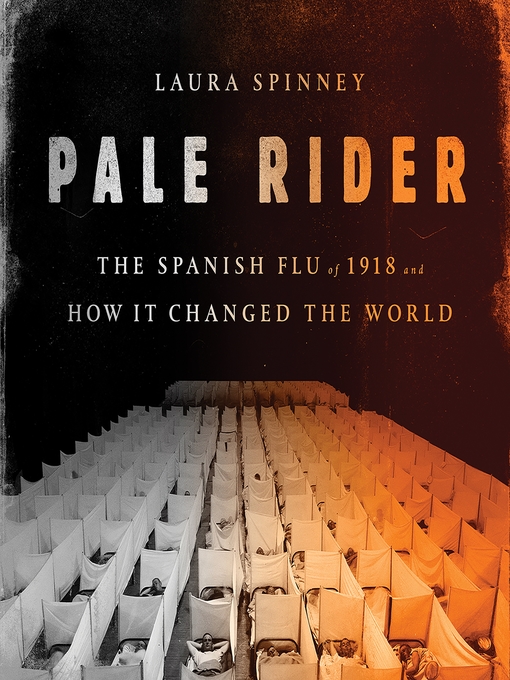
Pale Rider
The Spanish Flu of 1918 and How It Changed the World
پرچم اسپانیا در سال ۱۹۱۸ و این که چگونه دنیا را تغییر داد
فرمت کتاب
audiobook
تاریخ انتشار
2017
نویسنده
Paul Hodgsonناشر
Hachette Book Groupشابک
9781478992028
کتاب های مرتبط
- اطلاعات
- نقد و بررسی
- دیدگاه کاربران
نقد و بررسی

Paul Hodgson's narration is engrossing, even as he conveys a lot of statistics and scientific information about the Spanish flu epidemic of 1918. The outbreak is believed to have been deadlier than WWI, with more than 50 million deaths. Author Laura Spinney reminds listeners of the forgotten killer and traces epidemics back through history to ancient Iraq and Greece. As the 1918 epidemic goes around the world, the stories blend the human and the scientific. New York City's successful efforts to save lives are a fascinating example of the astute handling of a health crisis. Unusual stories, such as how an insurance payout began the Trump family's rise and how the character Nosferatu reflected the situation, are also included. J.A.S. � AudioFile 2017, Portland, Maine

May 15, 2017
The deadliest event of 1918 was not the continued fighting of WWI but the Spanish flu, which affected one third of the world’s population, killing over 10% of its victims. This is no longer a controversial assessment, notes science journalist Spinney (Rue Centrale) in an often disturbing account that begins in prehistory and continues to the 21st century. It is now generally accepted that the first case of Spanish flu occurred in an American military camp in March 1918. By May Spanish flu had spread worldwide. Symptoms (including fever, headache, cough, and body aches) were miserable but rarely fatal, and the number of cases declined over the summer. But it returned in autumn, far worse and deadlier. Unlike ordinary influenza, this variant tended to kill young adults, sparing children and the elderly. Spinney’s book contains vivid journalistic accounts of outbreaks around the world, from the U.S. to China, India, and Persia. Medical science helped only modestly, as political considerations (including wartime censorship), tradition, and racism all trumped safeguards, as when authorities in several countries stopped the publication of details on the epidemic’s spread. Readers may squirm during Spinney’s long final section—an insightful description of the subsequent century, during which researchers have teased out the Spanish flu’s cause, developed a marginally effective vaccine, and worked to ameliorate future influenza epidemics, which are inevitable.

























دیدگاه کاربران